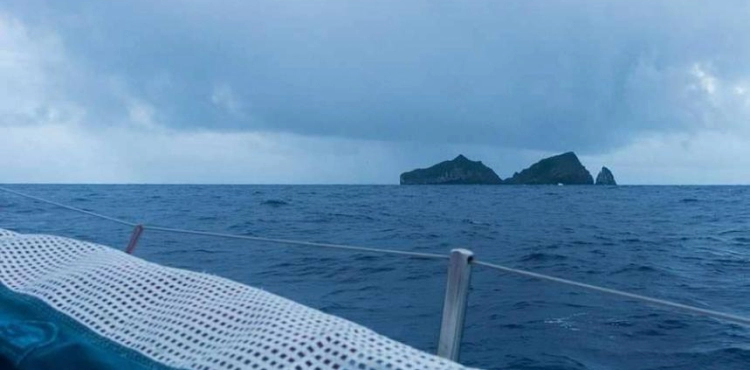New Zealand _ Agencies
Scientists in geology and geography revealed that the two main islands in New Zealand were approaching each other after the devastating earthquake that hit the country in 2016, without being able to identify the "fault line" responsible for the movement.
The earthquake "Kaikura ", which then reached 7.8 degrees on the Richter scale, triggered the northern part of the South Island towards the north-east of the northern island, according to the Geological Research commission of New Zealand.
"The South Island of New Zealand moved toward its northern neighbour at least 5 meters away," the scientists said, according to the geological monitoring bodies following the quake.
The post-earthquake surveillance revealed that the land on both islands was still reshaping itself, due to unstable fault lines, and that the country´s capital, "Wellington ", had moved 5 centimetres to the north-east.
"It was difficult to determine the fault line that was responsible for the island movement, and the surveillance of the aftermath of the earthquake is still going on, so the next few days may reveal any new," the scholars said.












